The restoration of wildlife populations can play a game-changing role stabilising our climate. Rewilding is the best way to enable such a recovery.
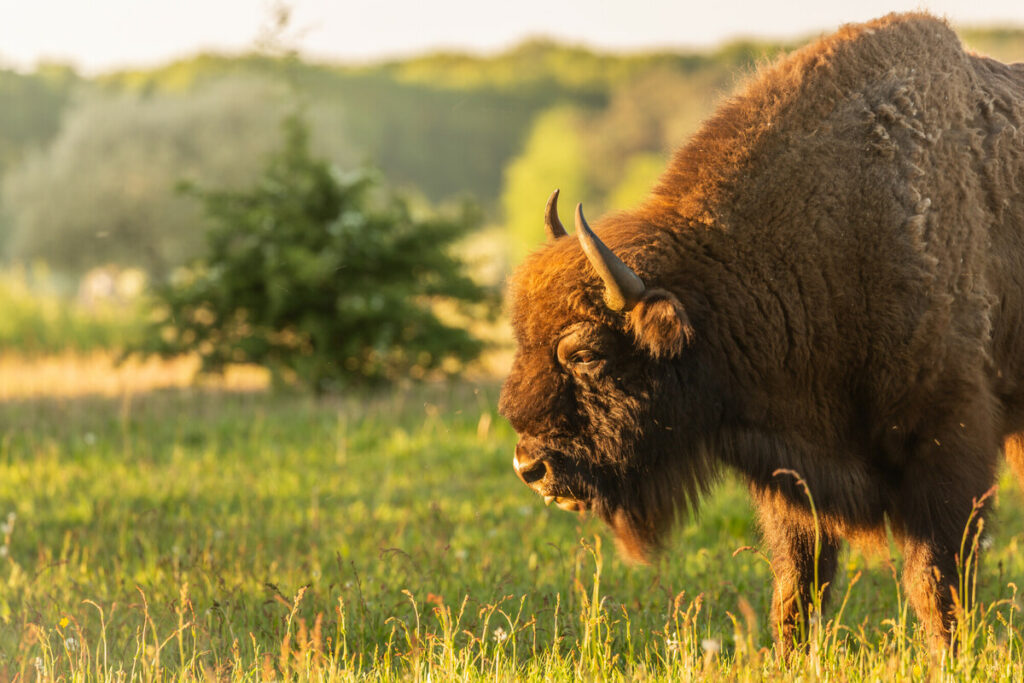
A herbivorous horde
Every year, millions of hooves pound East Africa’s Serengeti Plains, sending dust clouds high into the shimmering air. It’s hard to believe that such a herbivorous horde could have once been on the verge of disappearing forever due to poaching and disease (the rinderpest virus). With much of the 25,000 square-kilometre Serengeti ecosystem left ungrazed, dead and dried grass built up and fuelled massive wildfires, transforming the region into a major source of atmospheric carbon dioxide.
In the late 1950s, the Serengeti’s wildebeest population gradually return to natural levels. More animals meant more grazing, which saw carbon shifted from above-ground vegetation to the soil via dung, boosting carbon storage and reducing the incidence of wildfire. Today there are almost no wildfire outbreaks in the area at all.
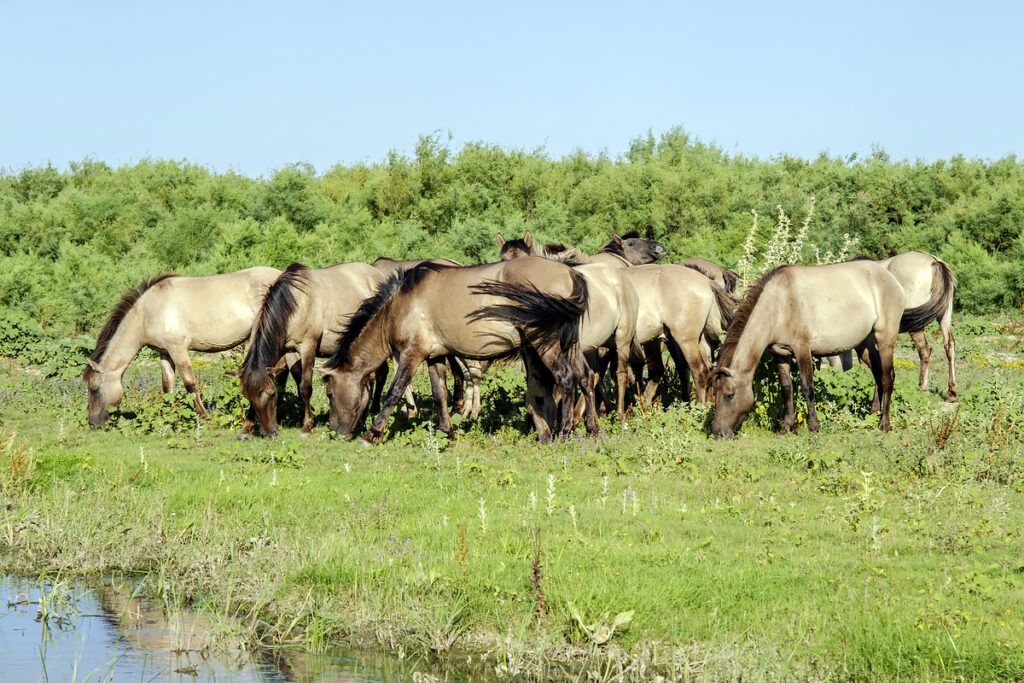
Animating the carbon cycle
The case of the Serengeti wildebeest is just one example of how animals – and their abundance in particular ecosystems – can have a significant impact on the capacity of that ecosystem to store carbon. A growing body of research is now proving that restoring such animal populations to significant, near historic levels has the potential to massively increase the absorption and storage of atmospheric carbon. This process is called ‘Animating the Carbon Cycle (ACC)’.
The best way to animate the carbon cycle is rewilding. This means the immediate scaling up of rewilding – as a nature-based climate solution – is even more important if we are to minimise the risk of extreme climate-related effects. To effectively address climate change, it means we not only need to protect and restore habitats such as peatlands, grasslands, and seagrass meadows, but the animal populations they host as well.
https://youtu.be/4g7THj4JutE
Restoring, rewilding, and conserving the functional role of vertebrate species can be a climate game changer by magnifying carbon uptake by 1.5 to 12.5 times across the world’s ecosystems.
Multi-faceted impact
Animals influence the carbon cycle in myriad ways. Herbivores – such as wild horses, European bison and Tauros – affect the exchange of carbon between ecosystems and the atmosphere through their grazing, by redistributing seeds and nutrients over vast areas of land and sea, and by trampling and compacting soils and sediments.
Carnivores also play a critical role by keeping food webs in balance. Recent studies have shown that the loss of important predators – from wolves in boreal forests to sharks in seagrass meadows – can lead to the uncontrolled growth of terrestrial and marine herbivore populations.

Rewilding to the fore
The effective animation of the carbon cycle will require the protection and restoration of species within dynamic landscapes and seascapes. But more than this, it will mean protecting and restoring the ability of animal species to reach ecologically meaningful population sizes, so that as they move and fully interact with each other and the ecosystems they live in, they can fulfil their functional roles. Restoring the functionality of animals within dynamic, healthy ecosystems is one of the key objectives of rewilding.
For its part, Rewilding Europe will continue its efforts to scale up rewilding as a means of helping nature heal our climate, both within its own rewilding landscapes, and by supporting other European rewilding initiatives.
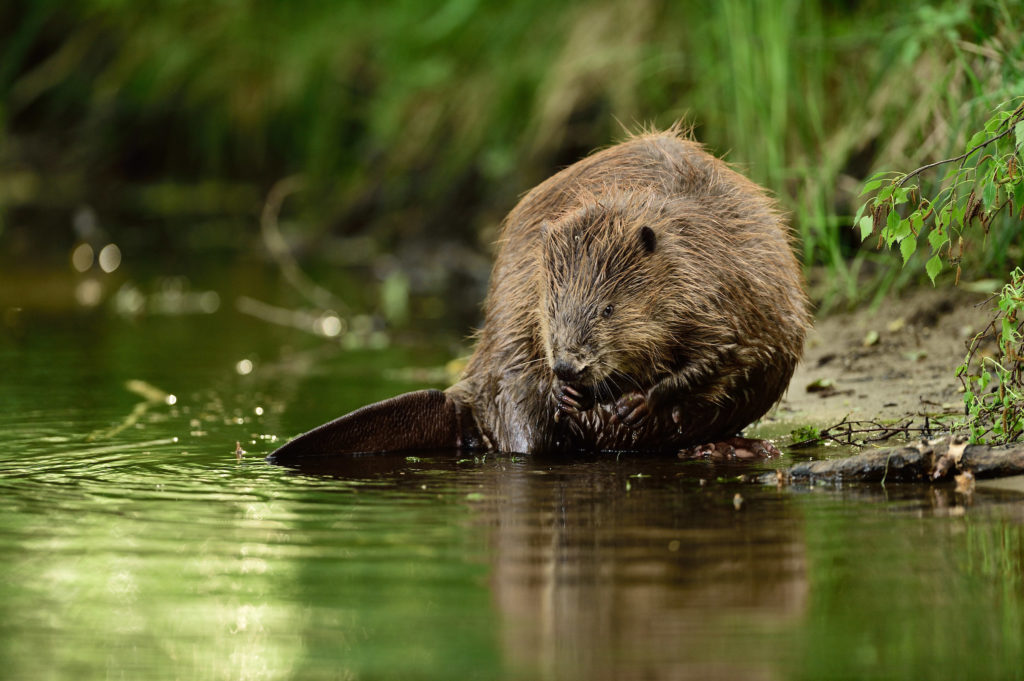
The way forward
The positive impact of wild animals on the carbon cycle will become increasingly relevant as scientists and policy-makers advocate and support the use of nature-based climate solutions. This means we need to change the narrative around wildlife conservation, recognising wild animals as climate heroes, not climate victims.
To demonstrate the potential of the ACC approach further, a high-level group of 60 scientists, economists, and civil society organisations (including Rewilding Europe) have launched an initiative titled “Animate the Carbon Cycle: Supercharging ecosystem carbon sinks to meet the 1.5°C target”.
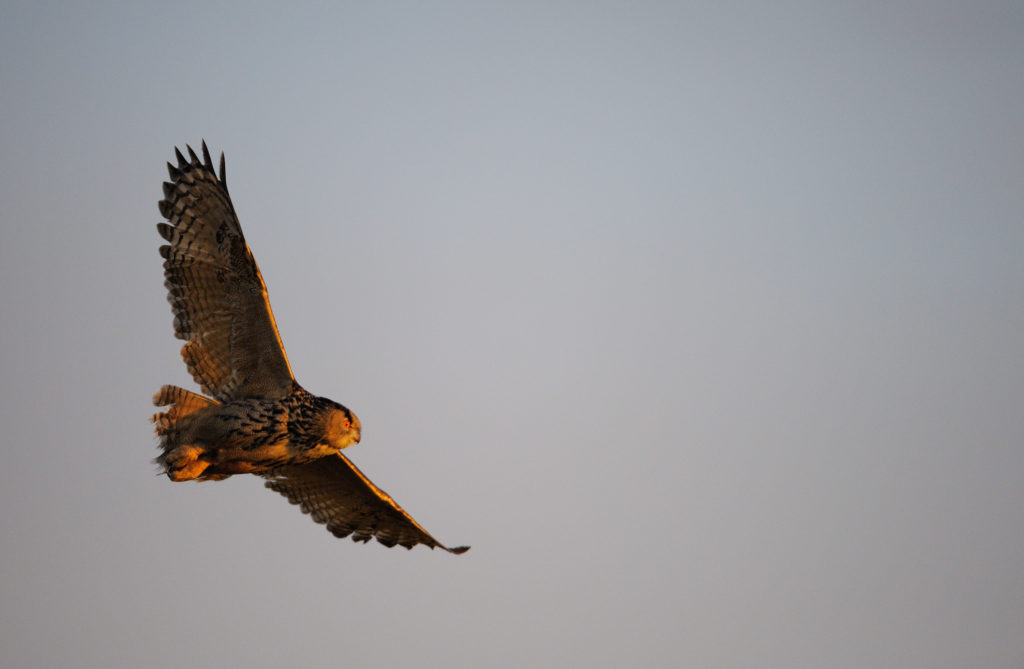
Wildlife comeback and carbon
From wolves to wild horses, European bison to grasshoppers, species of all descriptions, habitats and climate zones impact global carbon exchange in different ways. Within a complex web of interactions, some have a greater impact than others, while the impact of the same species may vary from ecosystem to ecosystem.
Just as the fall and rise of the Serengeti wildebeest population had a profound impact on the carbon cycle in Kenya and Tanzania, so fluctuations in European herbivore populations have also affected long-term carbon cycling. In the past, the rise of agriculture in Europe saw wild herbivores replaced by livestock.
Today, however, rural depopulation means European livestock numbers are declining, so there is an absence of herbivores in the landscape. And this is one of the reasons why Rewilding Europe and other rewilding initiatives are supporting the comeback of large, free-roaming herbivores (such as European bison, Eurasian elk and wild horses).
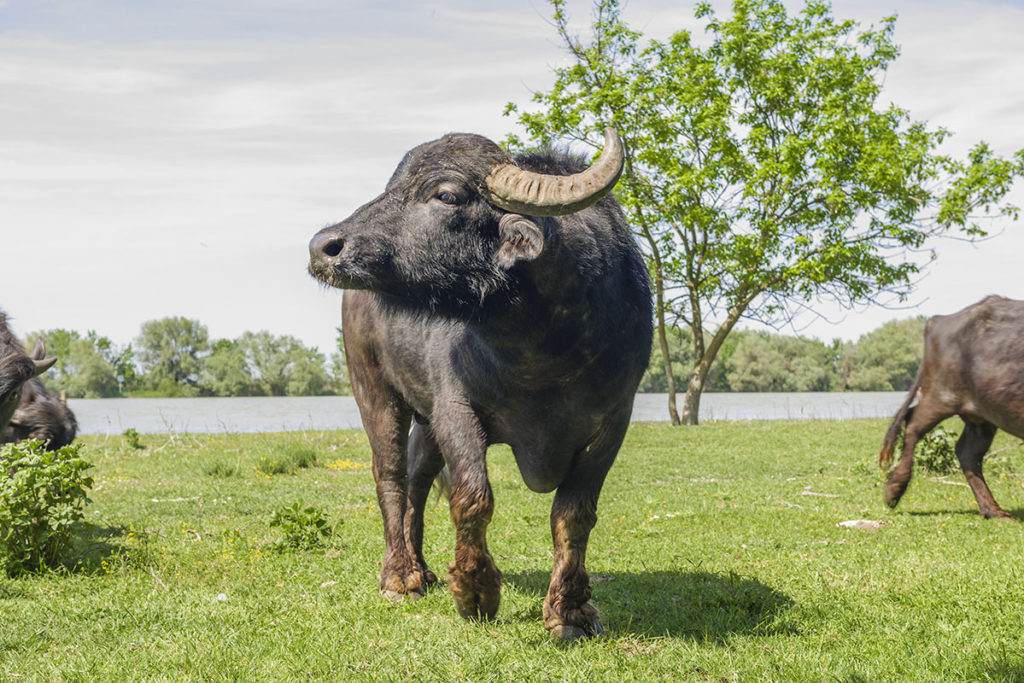
Wildlife comeback to the Danube Delta
In the Danube Delta, we are working to bring back many species of herbivores that once inhabited the region or are close descendants of extinct species. Thus, water buffaloes, konik horses, red deer and fallow deer are making a comeback to Ermakiv island near Vylkovo. A few red deer and fallow deer crossed the Danube and settled in the Romanian part of the delta, starting local populations there as well. Wild Hutsul horses and koniks were released to other Ukrainian islands – in the outer delta and on the Small Tataru island. Wild kulans, fallow deer, marmots and other herbivores are returning to the Tarutino steppe.
A reintroduction program of the eagle owl to the Danube delta is also being implemented, and it is planned to release the animals to other locations in the Ukrainian and Romanian parts of the delta. Of course, it is still too early to talk about a full-fledged wildlife comeback. There is still a lot of work ahead before populations of these species reach natural levels.
But with the right enabling conditions in place, animal populations can bounce back rapidly. As the second Wildlife Comeback Report (commissioned by Rewilding Europe and due for release this month) will confirm, populations of many European wildlife species – both carnivores and herbivores – are now gradually increasing.
Want to know more?
The full story behind this blog can be found in the Rewilding Europe Annual Review 2021 entitled “Climate Heroes”. A PDF of the story can be downloaded here.